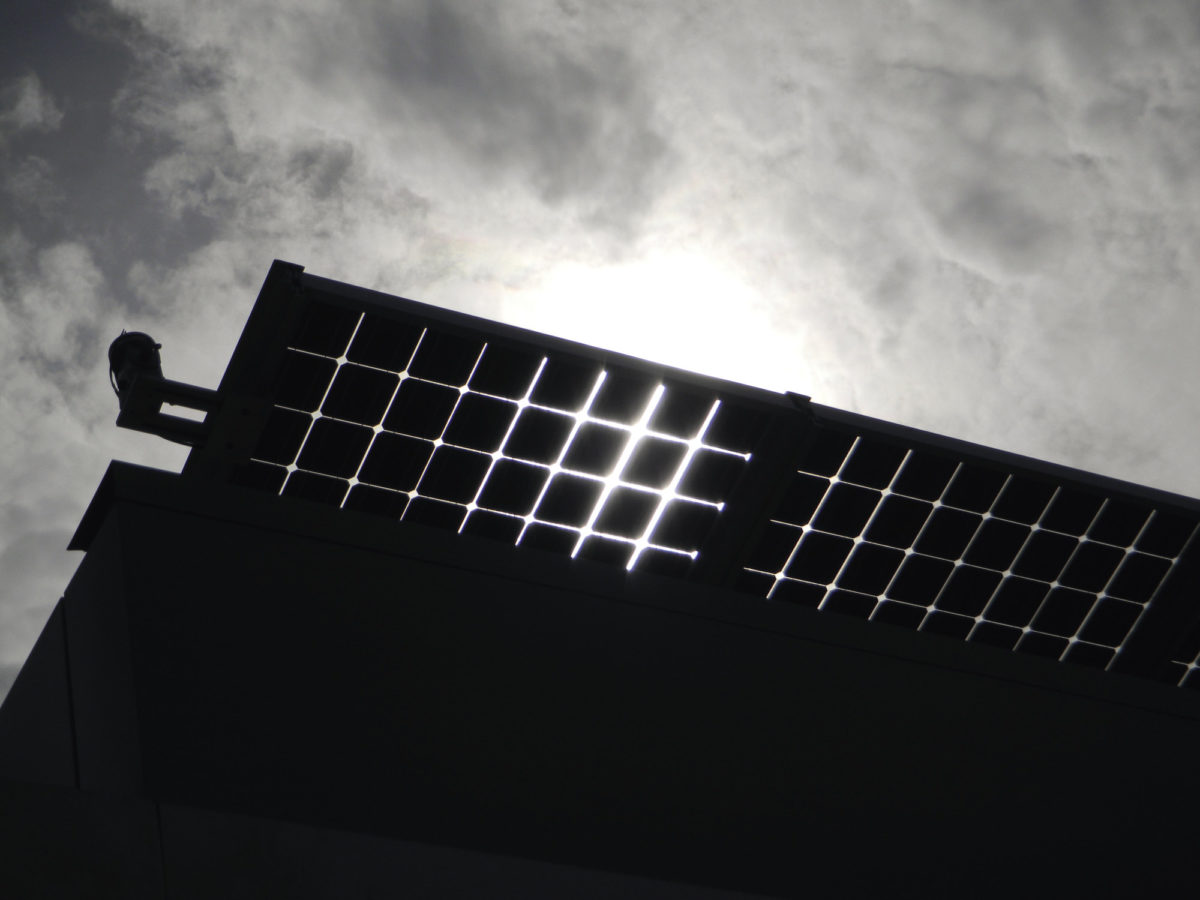Researchers from the Polytechnic University of Madrid and Qualifying Photovoltaics, a Madrid-based PV engineering consultancy, have provided a series of practical recommendations for short-term ground-based albedo measurements that can be used to reduce uncertainty in utility scale bifacial PV plant yield estimates.
“As bifacial PV modules will soon dominate the market, our research is very relevant to the industry, “Pablo Merodio, the paper’s corresponding author, told pv magazine. “The albedo is a key input parameter for bifacial PV energy yield estimations, but best practices are not yet completely defined, and proper procedures for albedo measurement are still under debate.”
In the study “Albedo measurements and energy yield estimation uncertainty for bifacial photovoltaic systems,” published in Progress in Photovoltaics, the researchers analyzed the albedo sensitivity coefficient relating to albedo measurement and subsequent energy yield estimate uncertainties.
They performed simulation exercises for three different sites in Chile, Spain and Sweden, each with static and single-axis tracker in 1P and 2P configurations. They proposed a formula for the albedo sensitivity coefficient that accounts for the impact of the ground coverage ratio (CGR), which is the ratio of the PV system area to the total ground area, and the inverter loading ratio (ILR), which is the ratio of installed DC capacity to the inverter's AC power rating.
In addition, experiments to evaluate the uncertainty associated with different albedo measurement conditions were carried out. They measured the surface reflectance of five different ground surfaces using four sensors, which provided three useful types of albedos that are defined and described in the paper.
“We proposed in-field albedo measurement recommendations and best practices that are both flexible and lower cost, yet they lead to a maximum albedo uncertainty component of 1.5%,” said Merodio.
Popular content
Reference cell setups may be used to lower the instrumentation costs. Furthermore, combining a reference cell with a pyranometer also provides convenient angular and spectral corrections. “Otherwise, because PV modules are angular and spectrally sensitive, the rear irradiance needs to be adjusted for angle of incidence and spectral mismatch losses in bifacial PV performance simulations,” said Merodio.
The team acknowledges that there are other aspects of albedo uncertainty to consider, as “the most relevant uncertainty source might in fact be associated with the non-homogeneity” of future PV plants’ surface. “An important consideration is that changes in the use of land caused by the construction of a PV plant lead to an albedo uncertainty that might predominate over all the uncertainty sources associated to the albedo measurement conditions. This can also be the case for long-term seasonal variations, which can become the dominant uncertainty source for high latitude locations,” they noted.
When asked about the results processing, Merodio told pv magazine that they used SISIFO, a PV performance simulation tool that is available in both a free and premium version. “SISIFO takes advantage of the results of all our research studies to reduce energy yield estimations uncertainty for PV systems. We used it in our paper to determine the impact of albedo measurements uncertainty on yield estimates,” said Merodio.
The group hopes its research may lay the ground for future standards, although they are not directly involved in standard setting at the moment. “One of the main objectives of our research article was to provide guidance for future albedo measurement standards and best practices,” said Merodio. He added that the research group is currently working on new methods to characterize bifacial PV modules with low uncertainty.
This content is protected by copyright and may not be reused. If you want to cooperate with us and would like to reuse some of our content, please contact: editors@pv-magazine.com.


1 comment
By submitting this form you agree to pv magazine using your data for the purposes of publishing your comment.
Your personal data will only be disclosed or otherwise transmitted to third parties for the purposes of spam filtering or if this is necessary for technical maintenance of the website. Any other transfer to third parties will not take place unless this is justified on the basis of applicable data protection regulations or if pv magazine is legally obliged to do so.
You may revoke this consent at any time with effect for the future, in which case your personal data will be deleted immediately. Otherwise, your data will be deleted if pv magazine has processed your request or the purpose of data storage is fulfilled.
Further information on data privacy can be found in our Data Protection Policy.